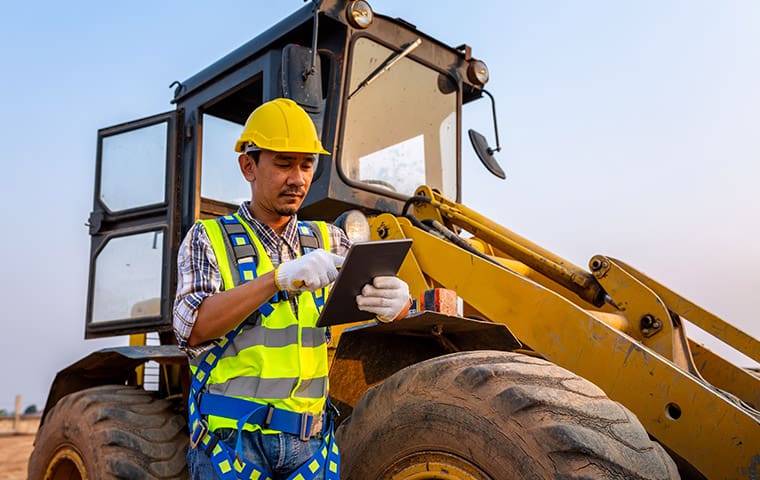One of the top reasons construction fleet management is so difficult is because there are so many moving parts, and too much equipment spread across multiple job sites. This often leads to over-purchasing to ensure all job sites are covered, delays at job sites while waiting for the right equipment to arrive, and high levels of theft, misuse, and underutilization. This is why construction fleet management is so vital to ensuring the future of your company.
There are a lot of ways to go about fleet management for construction companies, and a lot of technology that can help. However, using comprehensive construction fleet management software is often the ideal choice for total fleet optimization. The right software not only makes the task of fleet management easier, but it also reduces costs, prevents theft, improves safety, and makes your fleet more efficient. Below, we’ll cover some of the smartest solutions to cover your construction equipment for fleet management.
Successful Construction Fleet Management
Most fleet managers will attest to several challenges within the construction industry. Not only do you have to manage dozens or even hundreds of pieces of expensive equipment, spread across multiple job sites and storage units, you must also manage contract employees and billing complaints. These are the issues that fleet technology can solve. Let’s take a look at some of the most instrumental features of any construction fleet management solution.
Geofencing
Geofencing allows you to draw a virtual perimeter around a physical location on a map and then continuously monitor that area. It provides you with idling reports, alerts for instances when equipment or personnel enters or leaves the area, and much more. Implement a geofence around your storage units to ensure that your equipment remains safe during off-hours, while also keeping your eyes on the equipment used during the day. This may even help you spot instances of misuse by employees. This technology can help you create more accurate invoices and combat complaints from customers claiming your employees weren’t on the job as long as you’ve billed them for. A geofence is ideal for ensuring that all your equipment remains exactly where it’s supposed to be and that it’s used appropriately. When you have expensive equipment on-site or in storage, you want to give it all the protection you possibly can.
Fuel costs
Fuel is a major expense for most fleets, and that doesn’t exclude construction companies. You may not have fleet vehicles running from job site to job site, but heavy construction equipment consumes just as much, if not more, fuel than other fleet vehicles. You want to reduce costs in any way possible, which is why the solutions below should be considered:
- Idle time reporting
- Utilization reports
- Fuel consumption monitoring
- Driver behavior monitoring
Idling for 10 seconds uses more fuel than turning your car off and on again. It’s a very difficult thing to measure, ordinarily, but the right tools can help. Certain fleet management systems, such as Azuga, will show drivers on their navigation how much fuel they’re using at any given time, and make it apparent how much they’re wasting while idling at deliveries, railroad crossings, and stoplights.
Utilization reporting is a huge bonus for construction fleets. For most, the utilization of heavy equipment stands around 5 percent, leading to a lot of wasted capital, excessive downtime, more money spent on maintenance, and less efficiency on the job site. Utilization reporting and optimization helps to ensure that you’re always using the right equipment for the job, in the right quantities, and that each job site has exactly what they need to get the job done.
Asset Tracking
Many asset trackers come as codes that you scan, but solutions like Azuga provide either rechargeable asset trackers or long-life trackers. Long-life trackers are great for non-powered assets such as road signs that are in remote or unmonitored locations for long periods of time. Rechargeable trackers are great for equipment like generators and other powered units and can last for up to six months on a single charge. They’re handy for preventing theft as well as recovering assets if the equipment is stolen, which is common on job sites with expensive machines and tools.
Paired with geofencing, idle time reports, and utilization reports you have a much clearer view of what’s happening at job sites, even when you’re not able to be there in person.
Keep your fleet in shape with solutions that help you grow and scale with your fleet. Learn more about the features mentioned in this article, and more, at Azuga.








